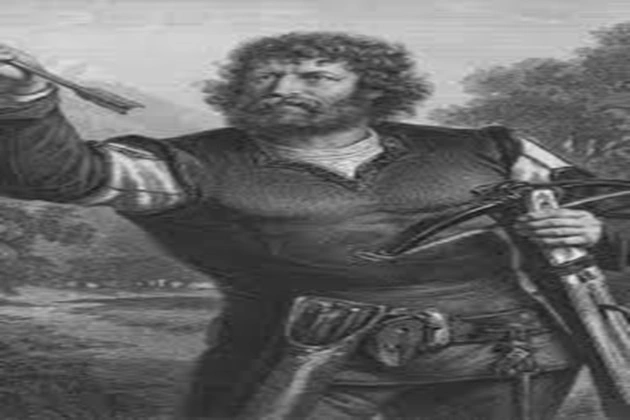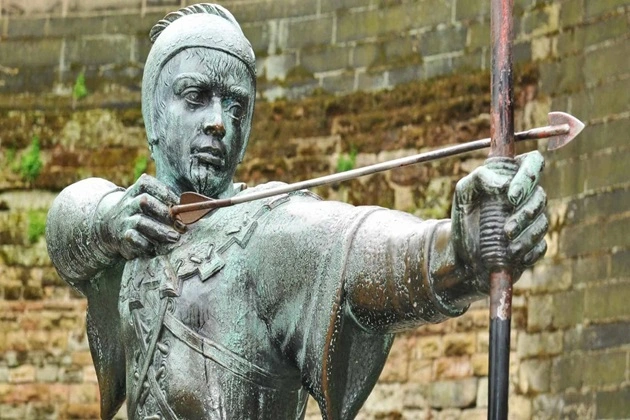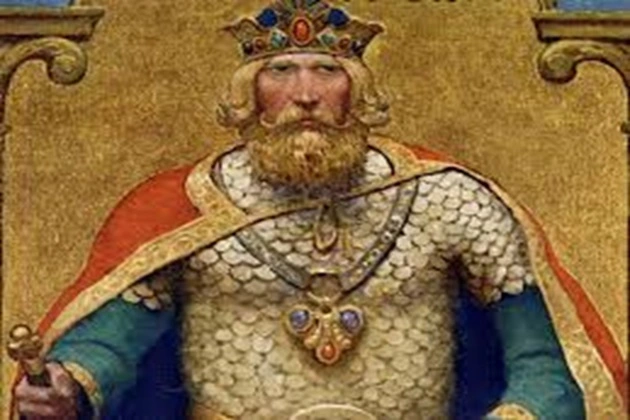Famous historical figures who probably never existed

History sometimes makes fun of people. The lack of reliable information about the heroes of ancient legends and the habit of chroniclers of the antiquity of repeating these legends has given rise to many pseudo-historical personalities who look “just like the real ones.”
Modern mass culture has completed this process by adding purely human features to them and making them the main characters of art. Unfortunately, whether King Arthur, Robin Hood, and many other famous heroes existed remains controversial today.
6 famous historical figures who probably never existed
1. Lao Tzu

The famous ancient Chinese philosopher Lao Tzu left behind a convincing cultural legacy and became the founder of Taoism. Lao Tzu is traditionally revered as a deity in most Taoist schools’ religious and philosophical teachings.
However, scientists have recently questioned the existence of this figure. Opinions are expressed that, perhaps, a group of philosophers worked under this pseudonym. Many readers also did not doubt its existence for many years.
2. William Tell

This medieval character, who became a national hero of Switzerland, has long been considered a historical figure. Still, recent research suggests that this image may have been compiled from ancient local legends and ancient myths.
Many legends describe a father who does not spare his son for the sake of a common cause. However, it is possible that a vivid episode with an apple on his head happened once and then became overgrown with details in numerous oral retellings.
3. Robin Hood

Another famous archer is most likely just a hero of folk ballads. The fact is that in the XII century in England, the term Robin Hood denoted any robbers. Accordingly, a little wordplay and people’s imagination turned this hypothetical bandit into the most just and generous, the defender of the weak and the thunderstorm of the rich. Therefore, although this name does occur in historical documents, it most likely refers to different people who had problems with the law.
4. King Arthur

In this case, historians have never hidden their doubts. In addition to the legends that have become the basis of many literary works, the existence of the legendary king is not confirmed by other sources. However, the image of medieval chivalric democracy was beautiful and in demand in the 20th century.
Today, for most young people who grew up watching films about the knights of the Round Table, doubts about the historical authenticity of the images of King Arthur, Lancelot, and Queen Guinerve will seem simply blasphemous.
One of the prototypes of this hero was the leader of the Britons, who lived in the 5th-6th century, Ambrose Aurelian. His achievements and victories partially coincide with the legendary Arthur, although there is no mention of magic swords and round tables in the annals.
5. Mulan

Another ancient heroine, now Chinese, became incredibly popular in the VI century—it was then that the Song of Mulan was written, and then, in our time, thanks to the beautiful creations of Disney animators.
Of course, it is tough to identify the characters in such ancient times. Apart from the “Song,” there are no other documents about the brave girl who went to war instead of her elderly father, so her existence can be questioned.
However, a crater on Venus is named after Mulan, and she is becoming a fashionable idol for many movements. For example, the Chinese heroine became the mascot of the women’s World Cup because these athletes, like no one else, have to face negativity – what women can do and where they should not go.
6. Jack the Ripper

The image of this homicidal maniac still serves the creators of horror films faithfully. Its exploitation has already brought millions to screenwriters and directors. But the identity of the perpetrator himself remained a mystery.
A series of homicides of the same type that swept through London in the 19th century was indeed attributed to one person, but whether this was the case was not exactly clear. His victims were most often girls of easy virtue from the East End.
The sinister name “Jack the Ripper” came into use after the editor of a London newspaper received a letter allegedly from the killer himself. However, today, this “document” is considered a fake, compiled by newspaper reporters to fan the hype around this case.
Since the maniac was not found, the story, of course, became the subject of the most incredible speculation – at one time, even Vincent Van Gogh and the grandson of Queen Victoria, Prince Albert, were accused of brutal murders. Today, researchers accept and reject that many crimes were the work of not one person but several. Today, researchers accept and reject that many crimes were the work of not one person but several. So, the sinister maniac with the sonorous name may not have existed.
In principle, the authenticity of famous historical figures can always raise doubts. The more distant the period in question, the more ambiguities may arise. Various researchers have questioned the reality of many famous people: Homer, Confucius, the prophet Muhammad, William Shakespeare, King David, and, of course, Jesus Christ.




